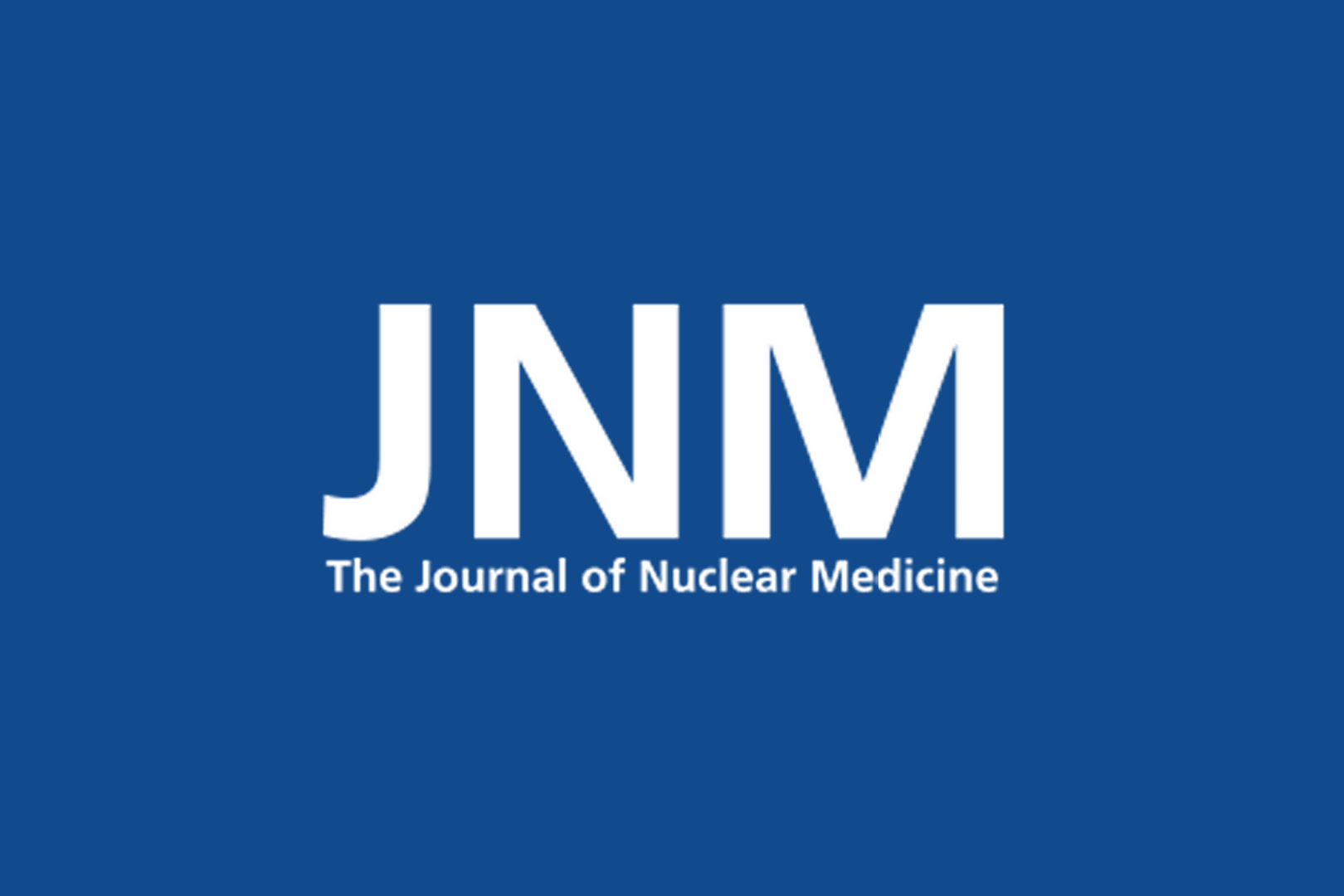Prognostic Value of Quantitative PSMA-PET Parameters during Chemotherapy in Prostate Cancer
A multi-center study exploring the prognostic value of PSMA-PET/CT quantitative parameters during chemotherapy in prostate cancer.

Abstract
PSMA-PET/CT is increasingly used to monitor chemotherapy in prostate cancer and shows promise for predicting outcomes and improving response evaluation. This retrospective, multi-center study (six institutions: TUM, Universität Zürich, Universitäts Spital Zürich, and others) aimed to determine the prognostic value of quantitative tumor burden parameters derived from PSMA-PET/CT for overall survival (OS) during taxane-based chemotherapy.
Methods: Databases from 6 institutions were screened for patients who underwent [68Ga]Ga-PSMA-11 PET and serum PSA measurements at baseline and within three months after the last taxane-based chemotherapy dose. Tumor segmentation was performed using DeepPSMA, Nucs AI’s AI-powered software for automated PSMA-PET/CT analysis. Whole-body quantitative parameters—including PSMA-positive tumor volume (PSMA-VOL), SUVmax, and SUVmean—were obtained. Univariate Cox regression analyses with hazard ratios (HR) and 95% confidence intervals (CI) were performed to evaluate associations of PSMA parameters and PSA levels with OS. Harrell’s concordance index (C-index) was used to determine prognostic accuracy, with optimal cut points defined by log-rank statistics.
Results: A total of 128 patients were included, of whom 62 (48%) had castration-sensitive and 66 (52%) castration-resistant prostate cancer. At baseline, PSMA-VOL demonstrated the highest prognostic value for OS (C-index: 0.88), followed by PSA (C-index: 0.80, p = 0.85). During treatment, percentage change in PSA had the strongest prognostic value for OS (C-index: 0.94), significantly outperforming percentage change in PSMA-VOL (C-index: 0.85, p = 0.02).
Conclusion: Baseline and post-therapeutic PSMA-PET/CT quantitative parameters are prognostic for OS after taxane-based chemotherapy in prostate cancer. Among imaging-derived metrics, baseline PSMA-VOL was the strongest predictor of OS. However, changes in PSA levels during treatment outperformed changes in PSMA-PET quantitative parameters. By enabling automated, standardized tumor burden quantification, DeepPSMA demonstrates potential to advance prognostication and support clinical decision-making in chemotherapy monitoring.
Source (click to view link): ASCO GU Symposium 2025 Poster | DOI: 10.1200/JCO.2025.43.5_suppl.33





